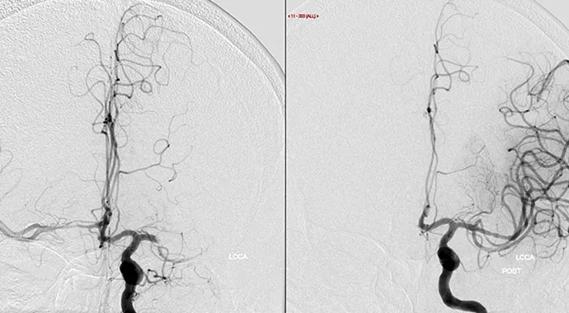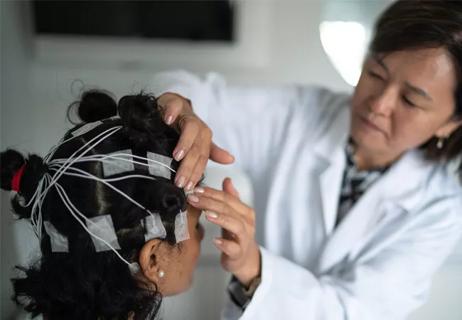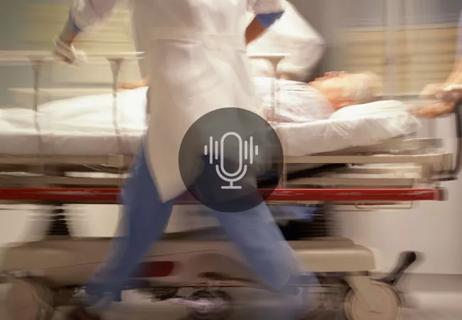Increasing treatment options are extending the window for continued functional gains
“We used to have to tell patients six months after a stroke that they had likely reached their maximum recovery and shouldn’t expect further progress,” says Francois Bethoux, MD, Chair of the Department of Physical Medicine and Rehabilitation at Cleveland Clinic. “Now we can tell people who are five or 10 years out from a stroke that they may still be able to make gains if we all work hard at it and apply some techniques — including perhaps surgical techniques — along with rehabilitation therapy.”
Advertisement
Cleveland Clinic is a non-profit academic medical center. Advertising on our site helps support our mission. We do not endorse non-Cleveland Clinic products or services. Policy
In the latest episode of Cleveland Clinic’s Neuro Pathways podcast, Dr. Bethoux and cerebrovascular neurosurgeon Mark Bain, MD, outline the recent evolution of stroke recovery and what’s on the horizon. They address the following and more:
Click the podcast player above to listen to the 32-minute episode now, or read on for a brief excerpt. Check out more Neuro Pathways episodes at clevelandclinic.org/neuropodcast or wherever you get your podcasts.
This activity has been approved for AMA PRA Category 1 Credit™ and ANCC contact hours. After listening to the podcast, you can claim your credit here.
Podcast host Glen Stevens, DO, PhD: Are you using transcranial magnetic stimulation for post-stroke recovery?
Francois Bethoux, MD: At Cleveland Clinic we have been using it in research but not yet in the clinic. It is being studied to promote upper extremity motor recovery after stroke, with some encouraging results. It’s part of the neuromodulation movement — the idea that if you pair rehab with modulation of the nervous system, the patient becomes more receptive to the effects of the rehab, resulting in more recovery. It’s a synergistic effect.
Advertisement
Dr. Stevens: Let’s talk about another type of neuromodulation, vagus nerve stimulation. How does that work?
Mark Bain, MD: We don’t know exactly how it works, but when we stimulate the vagus nerve, it produces a parasympathetic response, a global response in the brain. And that stimulates some degree of neuroplasticity, as Francois was discussing earlier. It definitely does this for motor function; it’d be interesting to know if does for speech as well.
We don’t yet understand the pathways. There are preclinical studies showing that stimulating the vagus nerve triples the connectivity in the corticospinal tracts. So there is something going on there that’s inducing this plasticity.
It’s worth noting that in the pivotal trial of vagus nerve stimulation for stroke, patients were receiving stimulation at a mean interval of three years after their stroke, and they were still getting meaningful benefit at that point. So that was groundbreaking, in light of Francois’ earlier point that we used to tell patients not to expect further improvement after six months.
Of course, that was achieved in combination with pretty significant rehabilitation therapy. If a person gets vagal nerve stimulation and just sits on a couch, nothing will happen. It really does have to be paired with an intensive rehab program.
Advertisement
Advertisement

Study links large artery atherosclerosis and delayed presentation to poorer treatment results

$3.2 million grant will fund use of calcium-based imaging to record neuronal activity in ischemia model

Findings from large cohort analysis can guide ongoing quality improvement initiatives

Insights and what’s next for the first U.S. mobile stroke unit to treat patients

Research to test clinical efficacy and cost-effectiveness versus standard-of-care rehab

Times to target blood pressure, CT and medication administration shorter than with EMS transport

Many patients unnecessarily continue the medications for years

AHA scientific statement offers best practices to improve care for high-risk populations